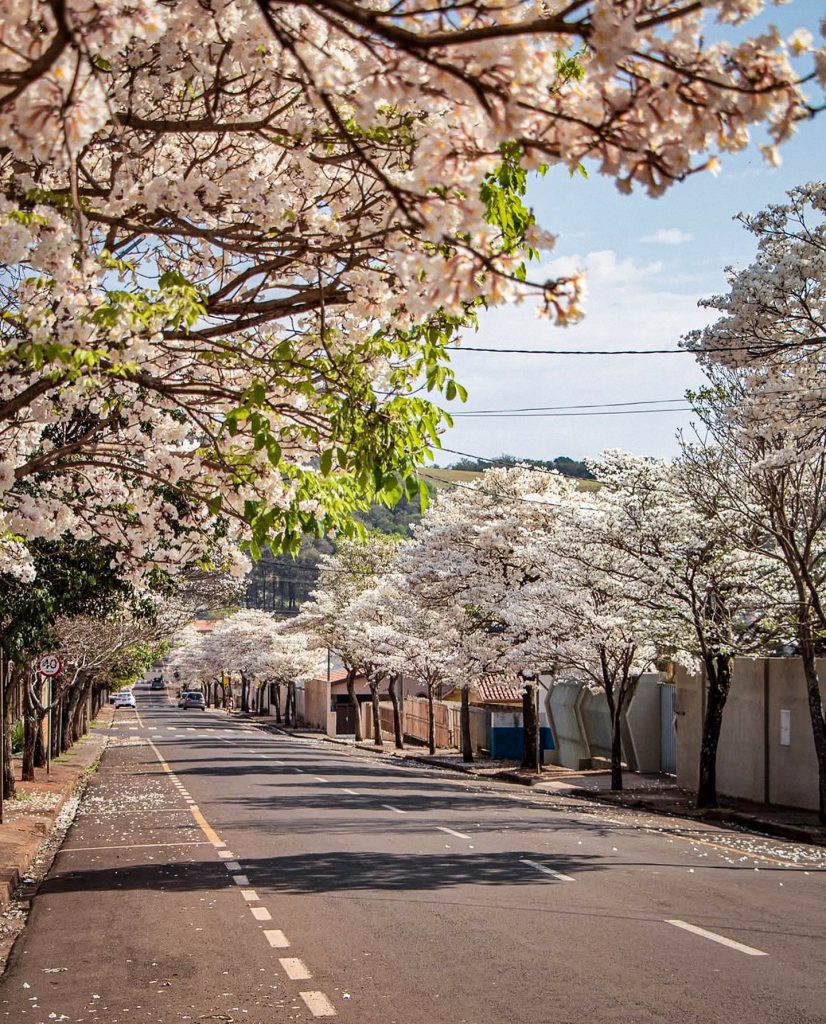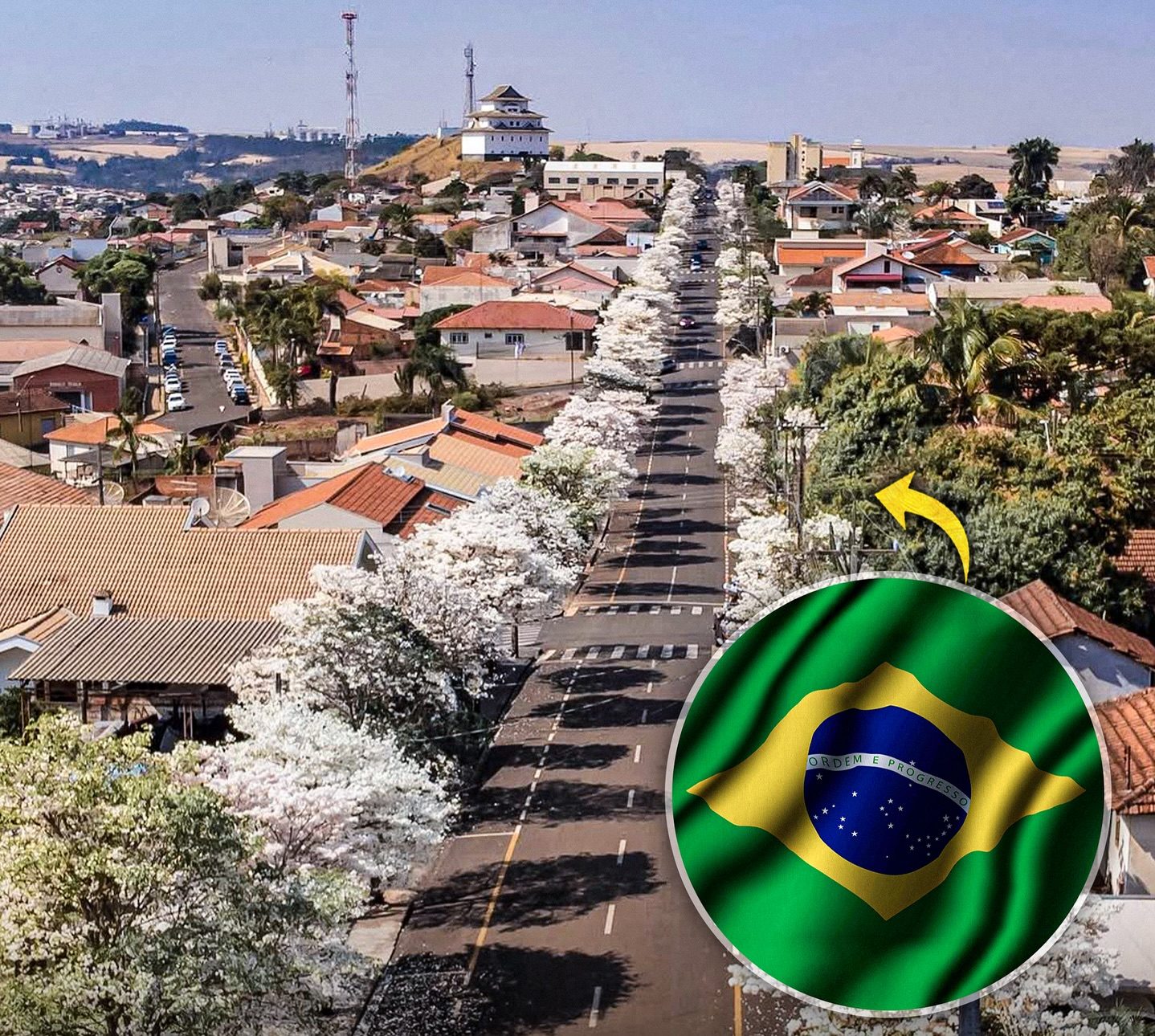This Brazilian City Was Founded by Japanese Immigrants — and Its Streets, Culture, and Spirit Still Feel Like a Piece of Japan
In the green highlands of Paraná, a small city named Assaí tells a story that stretches across oceans. Founded in 1932 by Japanese immigrants, this quiet place in southern Brazil has grown into one of the most unique cultural blends on Earth — a city where Japanese heritage and Brazilian warmth live side by side, shaping everything from the food to the festivals to the way people greet each other on the street.

Assaí began with just a few families who arrived from Japan in search of new opportunities. Like so many immigrants of that era, they came with little but worked with everything they had. The name “Assaí” itself comes from the Tupi word for the palm fruit, symbolizing life and resilience — something that feels deeply fitting for a community built by people who had to start from scratch in a foreign land.

At first glance, Assaí looks like a typical small Brazilian city — wide streets, tiled roofs, and the hum of daily life. But take a walk through its neighborhoods and you notice something special. Cherry trees bloom along the main avenues, framing the town in soft shades of pink and white each spring. The scent of miso soup sometimes drifts out of local restaurants. And tucked among modern homes are Japanese gardens, Shinto-inspired structures, and signs written in both Portuguese and Japanese.

By the 2022 census, about 11.5% of Assaí’s population identified as Asian — the highest proportion in Brazil. It’s a number that doesn’t just reflect ancestry, but living culture. Elderly residents still meet at community centers to teach Japanese calligraphy and flower arranging to children. Annual festivals bring out taiko drummers, sushi stalls, and dancers in yukata robes, all mixed with Brazilian samba rhythms and the laughter of neighbors who’ve known each other for decades.
For many locals, Assaí isn’t just home — it’s a living bridge between two worlds. “My grandparents came here with nothing,” one resident told a regional outlet. “They worked the land, grew coffee, and built something for us. We keep their traditions because it’s how we remember them.” That sense of gratitude, that mix of Japanese discipline and Brazilian joy, seems to define the city’s character.
Assaí’s influence extends beyond its small boundaries. It’s part of a much larger story — Brazil’s Japanese diaspora. With nearly two million people of Japanese descent, Brazil holds the largest Japanese community outside Japan. Cities like São Paulo, Curitiba, and Londrina all host vibrant Japanese-Brazilian neighborhoods, but Assaí feels different — quieter, more personal, like stepping into a page of history that’s still being written.
It’s also stunningly beautiful. From the top of the hill where the local cultural center stands, you can see the entire city framed by rolling farmlands and cherry trees. During the spring bloom, the view looks almost surreal — as if a piece of Japan had been gently placed in the middle of Brazil. Photographers and travelers who discover the town often call it one of the country’s hidden gems.
Yet despite its charm, Assaí has never tried to become a tourist attraction. Its magic lies in its simplicity — in the people who say good morning to everyone they pass, in the families who still make homemade tofu on weekends, and in the old farmers who bow slightly before shaking hands. It’s the small, unspoken gestures that make Assaí feel like a world of its own.
For those who visit, the city offers a reminder that identity isn’t about where you’re born, but about what you build. Assaí stands as proof that cultures can meet not in conflict, but in harmony — creating something richer, stronger, and unexpectedly beautiful.
Brazil may be famous for its beaches, football, and carnival spirit, but in this little corner of Paraná, another story unfolds quietly — one written in blossoms, kindness, and generations of perseverance.

